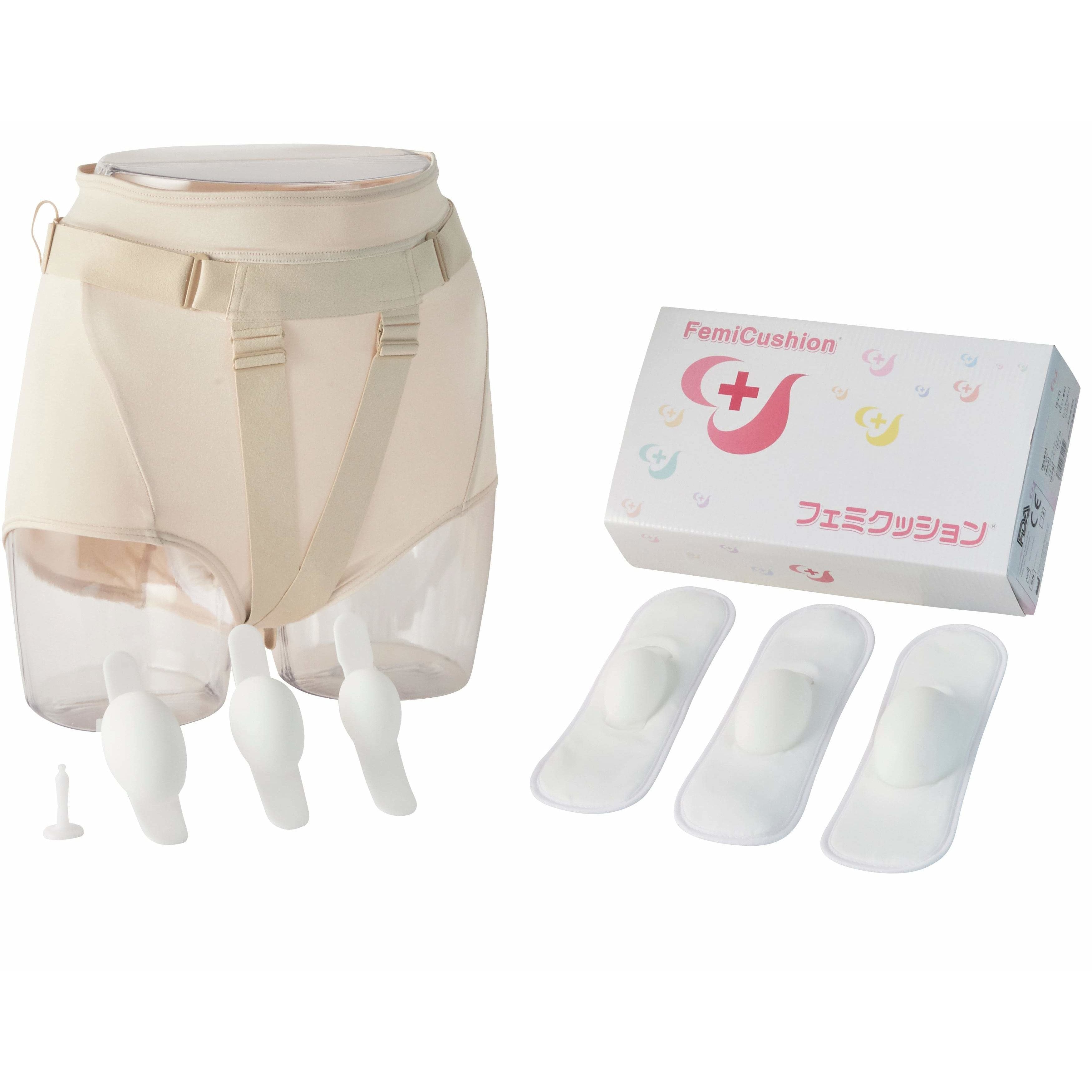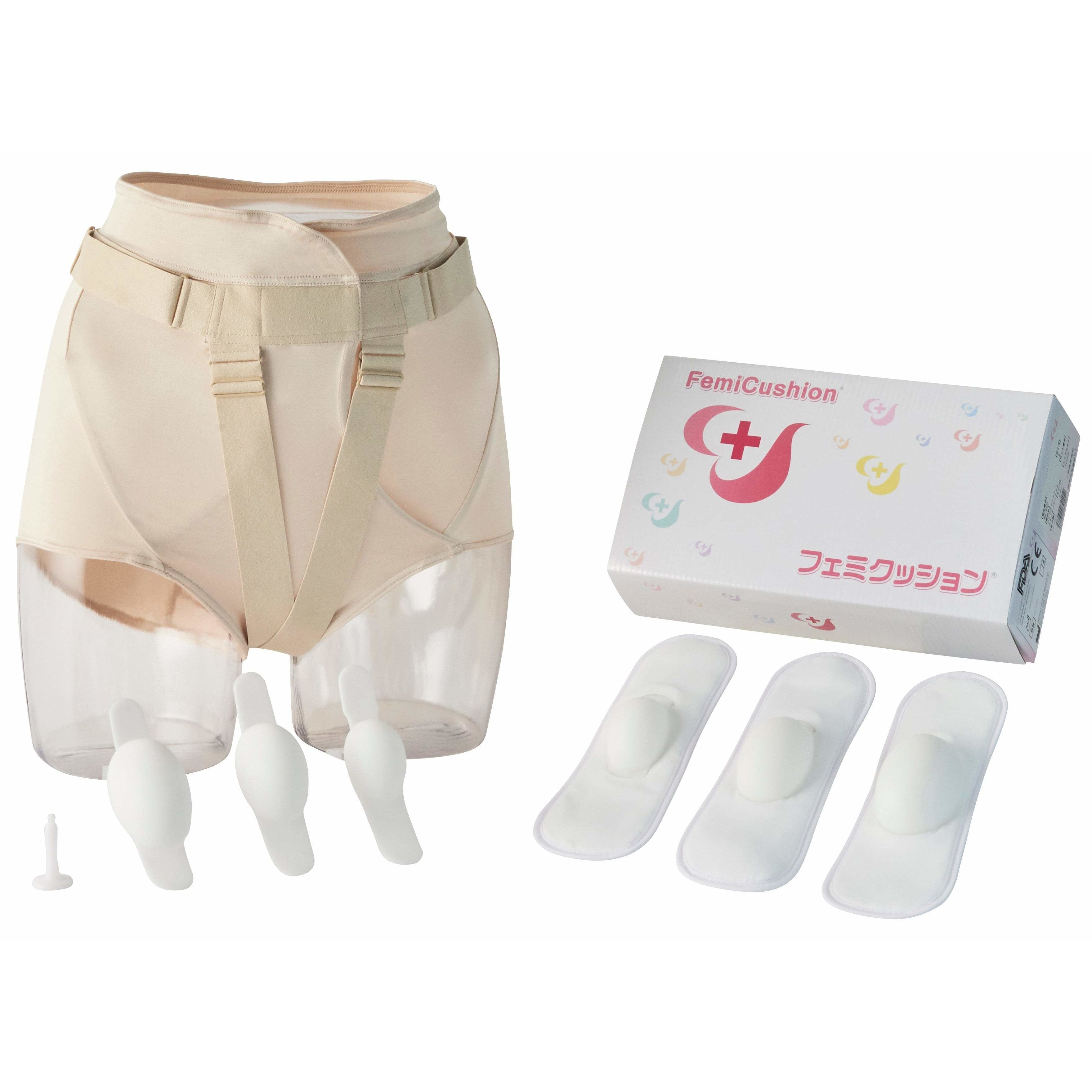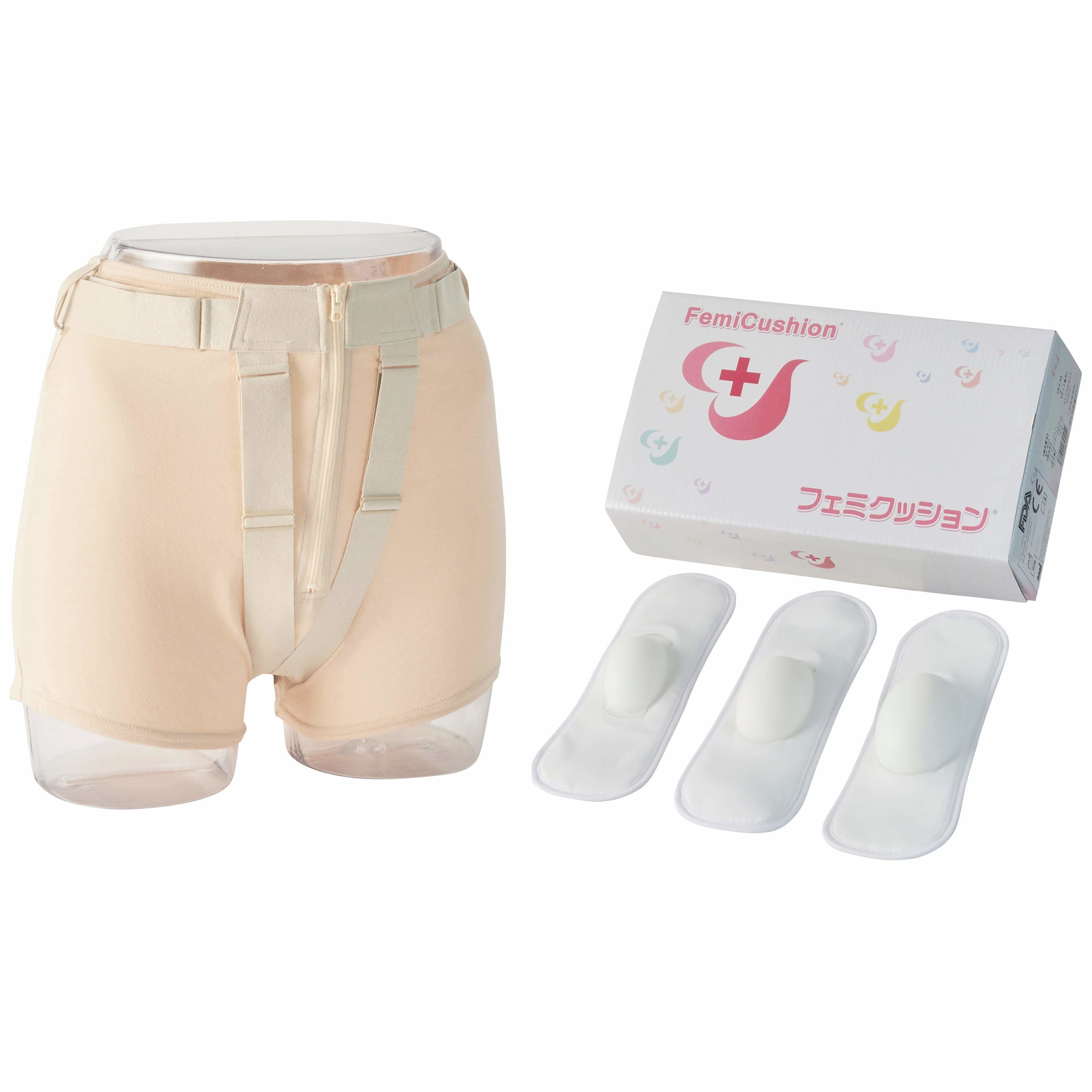What Does Uterine Prolapse Look Like?
Summary
Table of Contents

As you get older, you’re more likely to hear from family members and friends about their experience with uterine prolapse. It’s more common than you think, although it can be difficult to imagine in your mind. If you are wondering what does uterine prolapse look like, or you need to know what are the symptoms of uterine prolapse, this guide can help answer your questions.
What Is Uterine Prolapse?
Uterine prolapse is a condition in which the uterus drops from its healthy position into the vaginal canal (birth canal) due to weakened muscles and ligaments of the pelvic floor. In severe cases the uterus can bulge out of the body through the vaginal opening. Uterine prolapse is one of the many different types of pelvic organ prolapse.
What Does a Prolapsed Uterus Look Like?
When the pelvic organs are in the correct place, the uterus sits just above the vagina. If you view an image of a cross-section of the human body, a prolapsed uterus would look like it has squeezed down into the vagina, at least partially. The physical experience can be quite different. You may see or feel the uterus bulging out of the vagina.
Wondering what are the symptoms of a prolapsed uterus? There are several to watch out for, including:
- Difficulty urinating or feeling as if you cannot fully empty your bladder
- Feelings of fullness in the vagina
- Sensation of sitting on something
- Pain or pressure in the pelvis
- Urinary incontinence
A weakness in the pelvic muscles and ligaments is what causes uterine prolapse. You are more likely to have this condition as you get older, particularly if you have gone through menopause or childbirth.
Therapy and Self-Care for Uterine Prolapse
What is the treatment for a prolapsed uterus? The answer may be more complicated than you expect. Typically, you should start by scheduling an appointment with your doctor. Your doctor can examine you and conduct tests to determine if you have a prolapsed uterus. These might include a pelvic exam, an MRI or other tests.
Once you have the diagnosis, your doctor will make suggestions about therapy and self-care tasks that you can do to minimize your symptoms. These include:
- Exercising pelvic muscles to strengthen them
- Changing your diet to promote regular digestion
- Wearing a support belt to hold organs or muscles in place
- Surgery to correct the prolapse, if necessary
Treatments are based on the type of prolapse and your symptoms.
A lack of muscle strength, along with a few other things related to lifestyle and pelvic conditions, is the chief factor of what can cause a prolapsed uterus. The good news is that there are many types of treatments and devices that you can use to help. Why FemiCushion? It is a non-invasive device that may help to relieve symptoms. Visit our frequently asked questions, or contact us to learn more.
Supervising Doctor of This Article

Koichi Nagao, MD PhD
Professor, Department of Urology, Toho University Faculty of Medicine
Director of Urinary tract reconstruction center, Toho University Omori Medical Center
Director of Reproduction Center, Toho University Omori Medical Center
Professor Nagao specializes in plastic surgery in the field of reproductive medicine. He completed eight years of plastic surgery training at Showa University before majoring in urology at Toho University. With his meticulous surgical techniques and careful examinations that combines urology and plastic surgery, Professor Nagao became a Board Certified Specialist with multiple associations including the Japanese Urological Association, the Japan Society for Reproductive Medicine, and the Japanese Society for Sexual Medicine.
The suggested Products

FemiCushion Standard Deluxe Kit
$299.99

Kit FemiCushion EasyOpen Deluxe
$299.99

FemiCushion Lite Kit
$249.99
